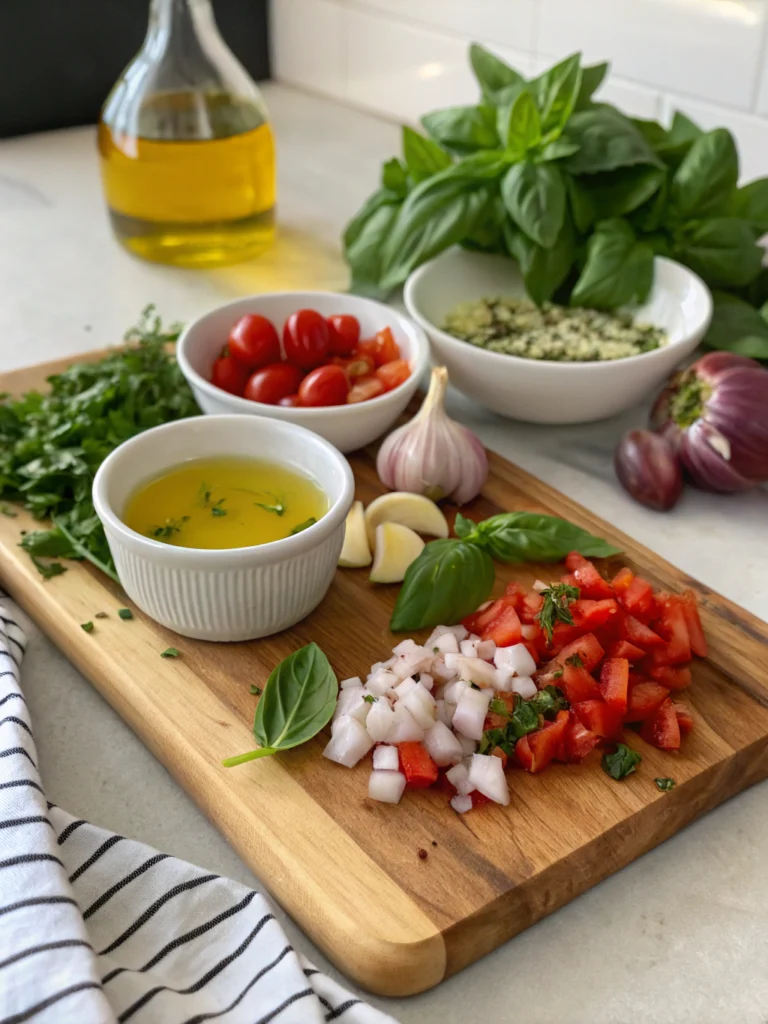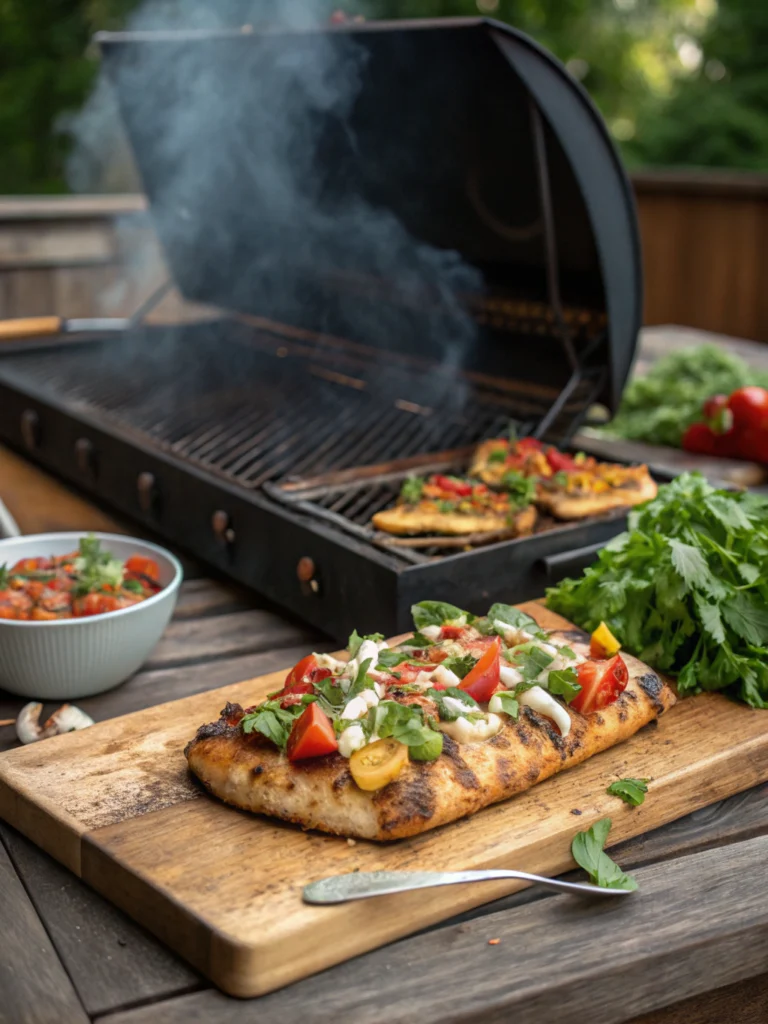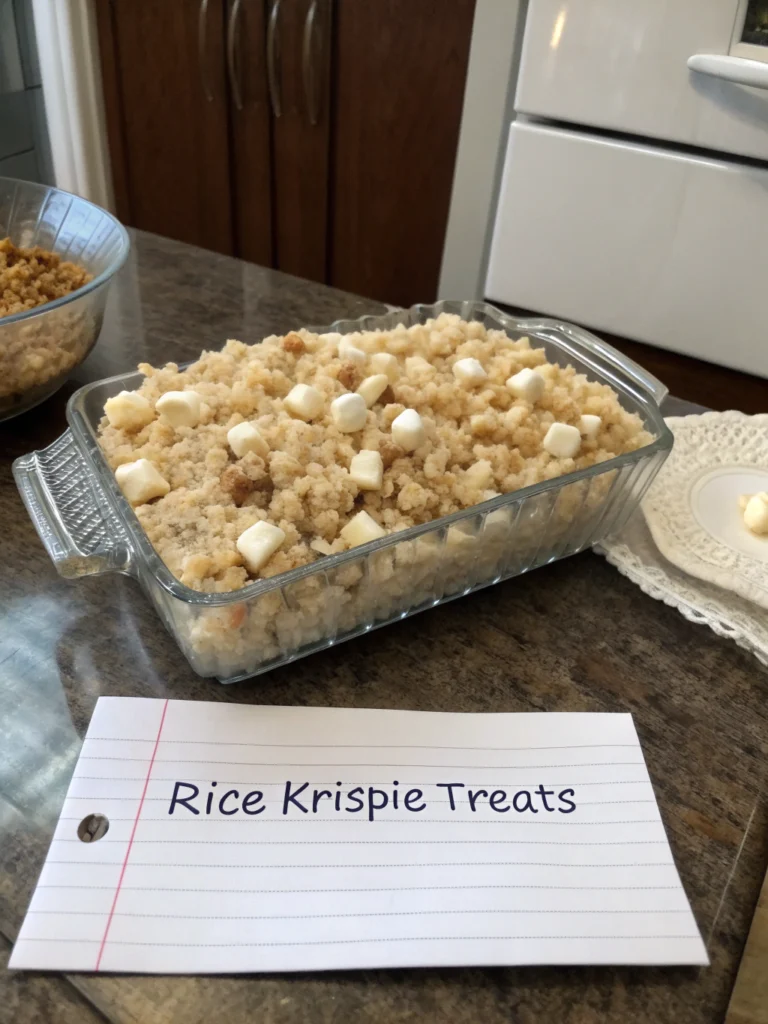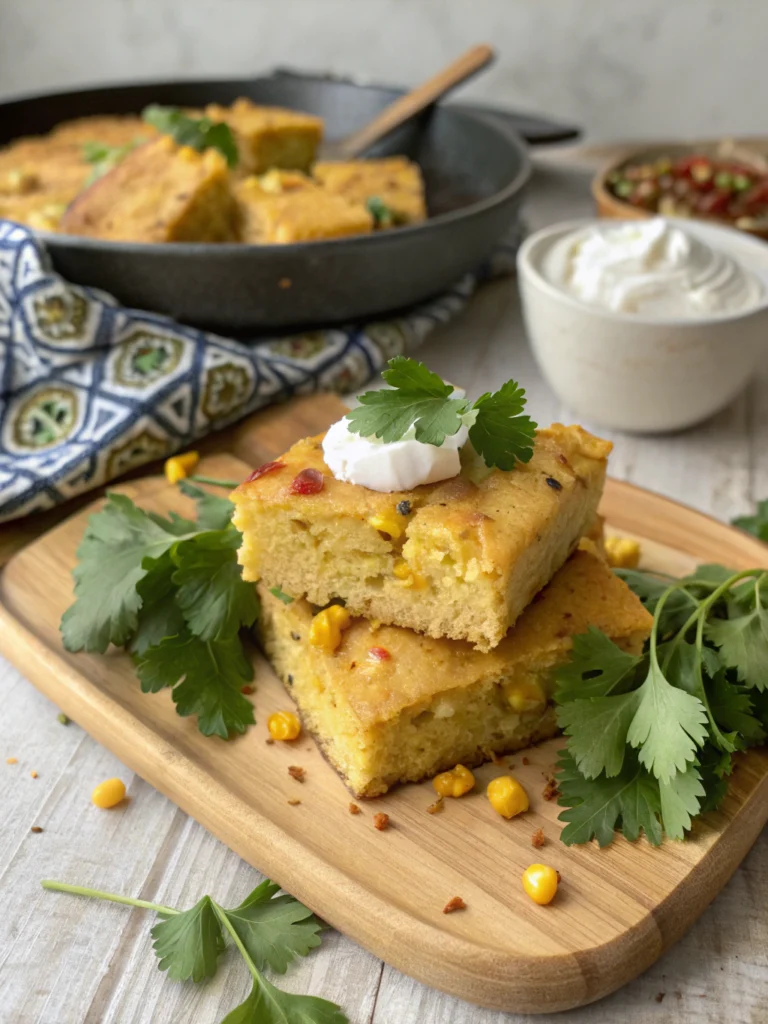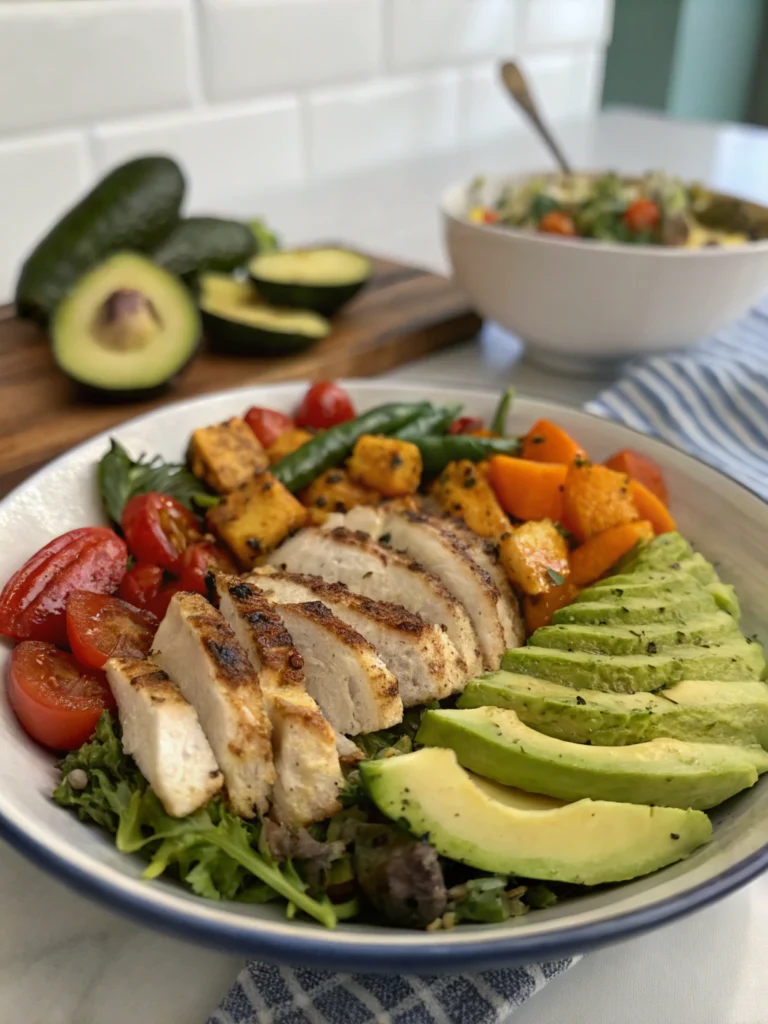Ginger Bug Recipe: 7 Simple Steps to Brew Your Own Probiotic Soda
Ever wondered how to create fizzy, refreshing sodas without all those artificial ingredients and excessive sugar? Nature has the perfect solution that’s been used for centuries before commercial sodas existed. The secret lies in a simple fermentation process that’s both economical and incredibly rewarding.
A ginger bug recipe is the foundation for creating naturally carbonated, probiotic-rich beverages right in your kitchen. This wild fermentation starter culture harnesses beneficial bacteria and yeasts that transform sweetened liquid into a gut-friendly, effervescent drink your family will love.
In this comprehensive guide, I’ll walk you through creating your own ginger bug from scratch, troubleshooting common issues, and using your creation to make delicious homemade sodas that support digestive health naturally.
Ingredients List
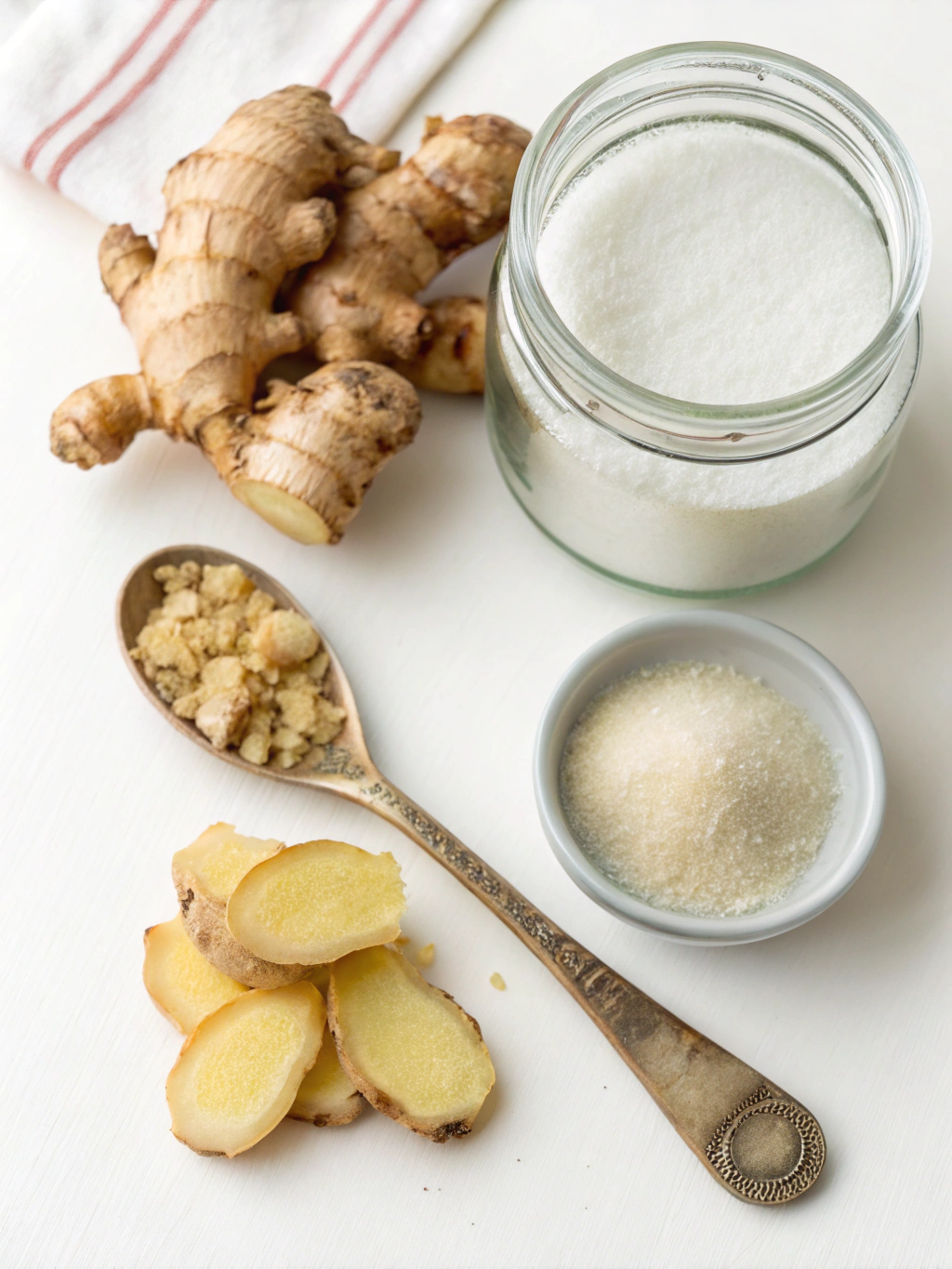
The beauty of a ginger bug recipe lies in its simplicity. You’ll need just three basic ingredients to get started on your fermentation journey:
- Fresh Ginger Root – 3-4 tablespoons, organic and unpeeled (approximately one 3-inch piece)
- Granulated Sugar – 3-4 tablespoons (organic cane sugar works best)
- Filtered Water – 2 cups (chlorine-free is essential for fermentation)
- Additional Sugar and Ginger – For daily feeding (2 teaspoons each)
Substitution Options: While traditional recipes call for white sugar, you can experiment with organic cane sugar, raw sugar, or even honey (though honey may slow fermentation due to its antimicrobial properties). Avoid artificial sweeteners as they won’t feed the beneficial microorganisms.
Timing
Preparation Time: 10 minutes for initial setup
Fermentation Period: 5-7 days (varies based on room temperature)
Daily Maintenance: 2 minutes per day for feeding
Total Active Time: About 25 minutes spread across a week
Creating a ginger bug takes less hands-on time than making a single batch of cookies, yet yields a starter that can produce countless bottles of homemade probiotic soda. The process is 90% waiting and 10% simple maintenance.
Step-by-Step Instructions
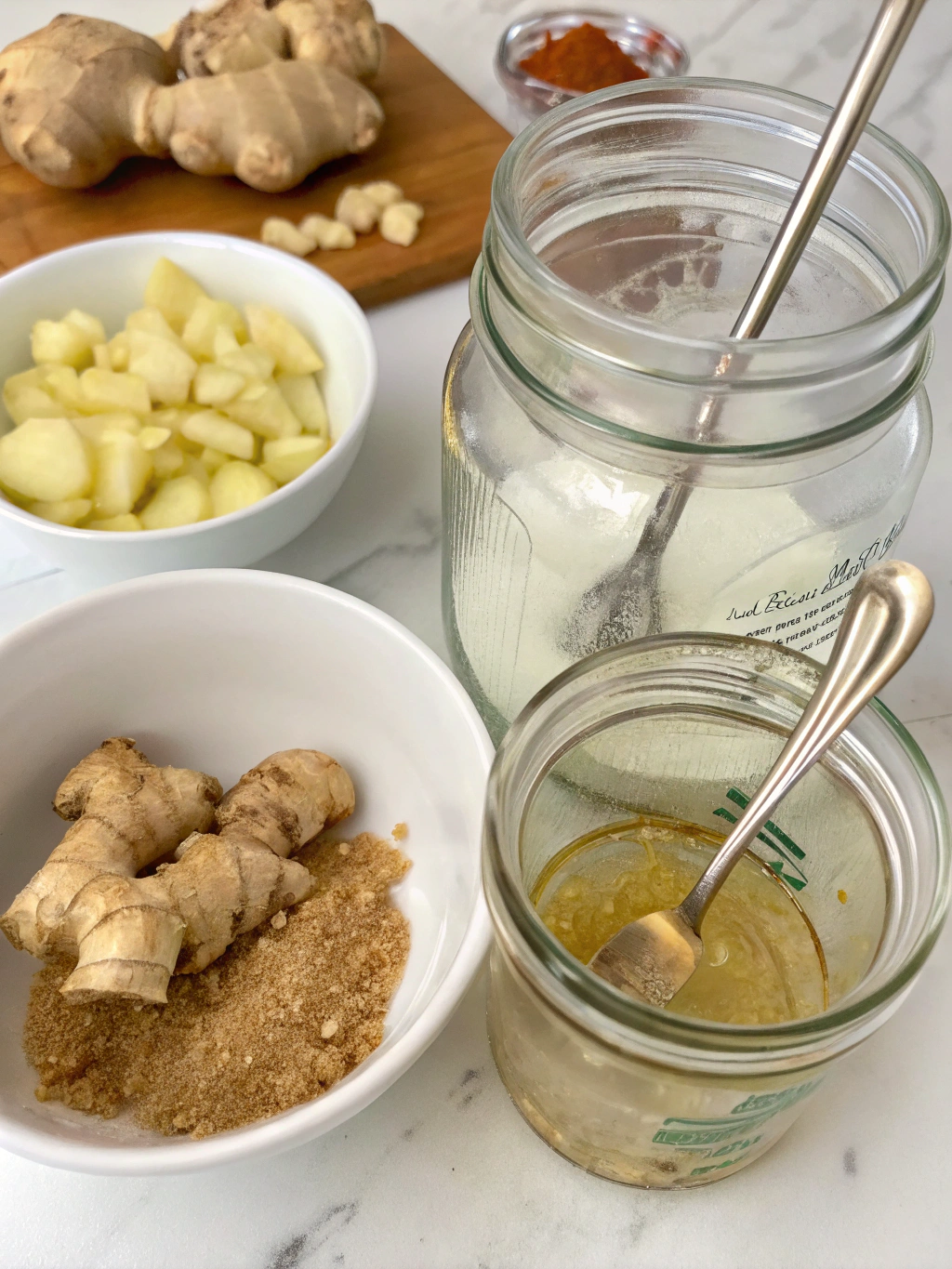
Step 1: Prepare Your Container
Select a clean glass jar with a capacity of at least 3-4 cups. Mason jars work perfectly for this purpose. Wash thoroughly with hot, soapy water and rinse well to remove any soap residue. Avoid using antibacterial soap as it can inhibit the beneficial bacteria needed for fermentation.
Step 2: Prepare Your Ginger
Grate or finely chop 2-3 tablespoons of fresh ginger, including the skin. The skin contains natural yeasts that help jumpstart fermentation. Organic ginger is preferable as conventional ginger may be treated with growth inhibitors that can interfere with fermentation. If using conventional ginger, scrub thoroughly under running water.
Step 3: Initial Mixture Setup
Place your grated ginger in the glass jar. Add 2 tablespoons of sugar and pour in 2 cups of room-temperature filtered water. Stir vigorously with a non-metal spoon until the sugar dissolves. Metal can react with the fermentation process, so wooden or plastic utensils are best.
Step 4: Cover and Initial Fermentation
Cover the jar with a coffee filter, thin cloth, or paper towel secured with a rubber band. This allows the mixture to breathe while keeping out dust and insects. Place in a warm spot in your kitchen, ideally between 70-75°F (21-24°C). The warmth encourages beneficial microorganisms to multiply.
Step 5: Daily Feeding Routine
Every day for the next 5-7 days, add 1 teaspoon of grated ginger and 1 teaspoon of sugar to your bug. Stir well with a non-metal utensil. This daily “feeding” provides food for the growing colony of beneficial bacteria and yeasts. Consistency is key to successful fermentation.
Step 6: Monitor for Activity
Within 2-5 days, depending on your kitchen temperature, you should notice signs of fermentation: small bubbles forming around the ginger pieces, a slightly fizzy sound when stirred, and a pleasant, yeasty aroma. These are all positive indicators that your ginger bug recipe is developing successfully.
Step 7: Using Your Ginger Bug
Once your ginger bug is actively bubbling, it’s ready to use! Strain 1/4 to 1/2 cup of the liquid (not the ginger solids) and add it to sweetened fruit juice or herb tea to create your soda base. The strained bug can be maintained indefinitely with regular feeding or refrigerated to slow fermentation when not in use.
Nutritional Information
A typical serving of ginger bug starter (1/4 cup) used to create probiotic sodas contains:
Calories: Approximately 15-20 calories (primarily from sugar)
Carbohydrates: 4-5g
Protein: 0g
Fat: 0g
Fiber: Minimal
Probiotics: Various beneficial bacteria and yeasts (Lactobacillus, Saccharomyces, and others)
The nutritional value of ginger bug lies not in its macronutrients but in its probiotic content. Research suggests that regularly consuming naturally fermented foods may support gut microbiome diversity, which is linked to improved digestive health, enhanced immune function, and even mood regulation.
Healthier Alternatives for the Recipe
While the traditional ginger bug recipe is already quite healthy, here are some modifications to consider:
Lower Sugar Option: Once your ginger bug is established, you can gradually reduce the feeding sugar to 1/2 teaspoon per day. The fermentation will be slightly slower but still effective.
Sugar Alternatives: Try coconut sugar or maple sugar for different flavor profiles and potentially lower glycemic impact. Remember that some form of real sugar is necessary to feed the fermentation process.
Flavor Enhancements: Add a small piece of turmeric root alongside ginger for additional anti-inflammatory benefits, or include a small strip of lemon peel for citrus notes and added natural yeasts.
Serving Suggestions
Your homemade ginger bug can transform ordinary ingredients into extraordinary beverages:
Classic Ginger Ale: Mix ginger bug starter with water, sugar, fresh ginger juice, and a squeeze of lemon for a refreshing traditional soda.
Seasonal Fruit Sodas: Combine with fruit juices like strawberry, pear, or apple for naturally flavored sodas that change with the seasons.
Herbal Sodas: Create sophisticated adult beverages by fermenting herbal teas like hibiscus, mint, or lavender with your ginger bug.
Sparkling Cocktail Base: Use your probiotic sodas as mixers for healthier cocktails with added digestive benefits—perfect for entertaining.
Common Mistakes to Avoid
- Using Chlorinated Water: Chlorine kills beneficial bacteria. Always use filtered, spring, or water that’s been left uncovered overnight to allow chlorine to evaporate.
- Inconsistent Feeding: Skipping daily feedings can starve your culture. Set a regular time each day for this quick task.
- Airtight Containers: Using sealed lids during fermentation can cause pressure buildup or prevent wild yeasts from entering. Always use breathable covers.
- Metal Utensils: Prolonged contact with metal can inhibit fermentation. Stick with wooden, glass, or plastic implements.
- Impatience: Fermentation time varies with temperature. In cooler kitchens (below 70°F), your bug may take 7-10 days to become active.
Storing Tips for the Recipe
A mature ginger bug can be maintained indefinitely with proper care:
Active Maintenance: Keep at room temperature and feed daily with 1 teaspoon each of sugar and grated ginger for continuous use.
Short-Term Storage: Refrigerate your ginger bug to slow fermentation. When refrigerated, it only needs feeding once a week.
Reactivating: If your refrigerated bug becomes sluggish, bring to room temperature and resume daily feedings until bubbling activity returns (usually 1-2 days).
Dividing: As your culture grows, you can divide it to share with friends or use for multiple fermentation projects simultaneously.
Conclusion
Creating your own ginger bug opens up a world of homemade, probiotic-rich beverages that support gut health while tasting infinitely better than commercial alternatives. This traditional fermentation method connects us to food preparation techniques our ancestors relied on for both preservation and health.
Have you tried making your own fermented beverages before? I’d love to hear about your experiences with this ginger bug recipe! Share your successes, challenges, or creative flavor combinations in the comments below. And if you’re looking for more fermentation projects, check out my other guides to homemade kombucha, water kefir, and fermented vegetable recipes.


